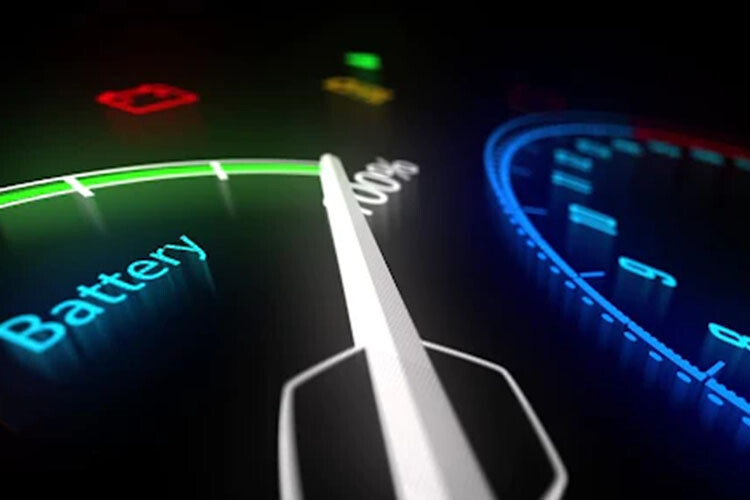Electric cars have three charging levels that offer slow to maximum speeds.
One of the challenges of electrification is to break old habits. We are all used to visiting a gas station to fill up our cars with petrol or diesel, it will take some time to adapt to the new standard of charging our electrics. While charging an electric car is simple, there are many ways to do it that involve different charging times and costs.
One of the first things you’ll hear about connecting EVs is the different charging levels. It can be divided into three categories – Levels 1, 2 and 3.
Level 1 – AC trickle charging
This is standard charging at home where you plug your car into a standard 240 volt AC (AC) outlet. While practical, it’s the slowest way to go, offering about 2.0 kW of power through a standard 10 amp socket. This means that charging a car can take between four and 48 hours, depending on the size of the battery.
How the level 1 charge time works for battery capacity
The calculation is simple – just divide the battery capacity by two to get the estimated time. For example:
- The Mitsubishi Outlander PHEV has a 13.8kW battery – divide that by two (2.0kW) – and you’ll get around seven hours.
- The Nissan Leaf’s 40kW battery lasts approximately 20 hours.
- The battery of the Mercedes EQC 400 80kW lasts about 36 hours.
Of course, these times are shorter if the battery is partially charged – it will take half an hour to charge to 50 percent, so it’s a good idea to charge if possible.
How to work on EV chargers remotely
If you want to know how long you need to charge your car to drive a certain distance, the charging capacity in kW is equal to the number of kilometers you can get in 10 minutes of charging. For example, if you use a 2.0kW level 1 charger, you will charge approximately two kilometers every 10 minutes.
Level 2 – AC fast charging
While Level 1 charging is usually easy with plug-in hybrids that can be fully charged overnight, you may need something faster for a fully charged battery. – an electric vehicle (BEV) with a larger battery.
The good news is that there is a faster option to install a level 2 (wall) charger in the house, which increases the charging capacity to 7.2kW. This significantly reduces charging times, with the Mitsubishi Outlander PHEV fully charged in less than two hours and the Nissan Leaf and Mercedes-Benz ECQ 5.5 and 11 hours respectively.
And you get a range of 7.2km every 10 minutes, which translates to about 43km to an hour of charging – plenty for the average Aussie traveler. The 7.2kW level 2 charger runs on a standard 240V single phase connection with a wall box costing around $1000 to $1500 plus installation, which is very good value for what you pay. for a complete set of wheels or new car options such as a sunroof.
22kW charger
Level 2 charging can also be increased to 22kW if you have 415V three-phase power available, but it’s worth noting that some EVs will only charge up to 7.6kW AC even with a 22kW charger. With 22kW of power, you can get 22km every 10 minutes of charging, so just one hour of plugging in can get you around 130km. The 22kW level 2 units range in price from $1000 to $3000 plus to install and install three phase power without it will likely cost more.
You’ll also find many level 2 charging points (7.2kW or 22kW) so make sure you know what the capacity is before you go to them as time is of the essence. It should be noted that most PHEV models only charge at a maximum rate of 3.6kW or 7.6kW due to their small battery capacity, even when using a 22kW AC charger.
Level 3 – DC rapid charging
These are public DC chargers (480 V / DC), including Tesla Superchargers, which are necessary to make EVs viable for long-distance driving with minimal charging downtime.
Charging capacity from 50 kW on the fast charger to 350 kW on the ultra-fast unit. It’s worth noting that low-capacity EVs such as plug-in hybrids and the Nissan Leaf, MG ZS EV and Lexus UX300e can use 350kW chargers, but will still only charge at around 50kW.
Higher capacity models such as Tesla Model S, Mercedes-Benz EQC, Ioniq 5 and Audi E-Tron have a maximum charging capacity of almost 110-150 kW and can travel more than 100 km every 10 minutes.
Most PHEV models can only connect to AC chargers, the Mitsubishi Eclipse Cross PHEV is an exception.
Disclaimer: JUCER does not guarantee the accuracy or completeness of the data and accepts no liability whatsoever arising from or connected in any way to the use or reliance upon this data.



